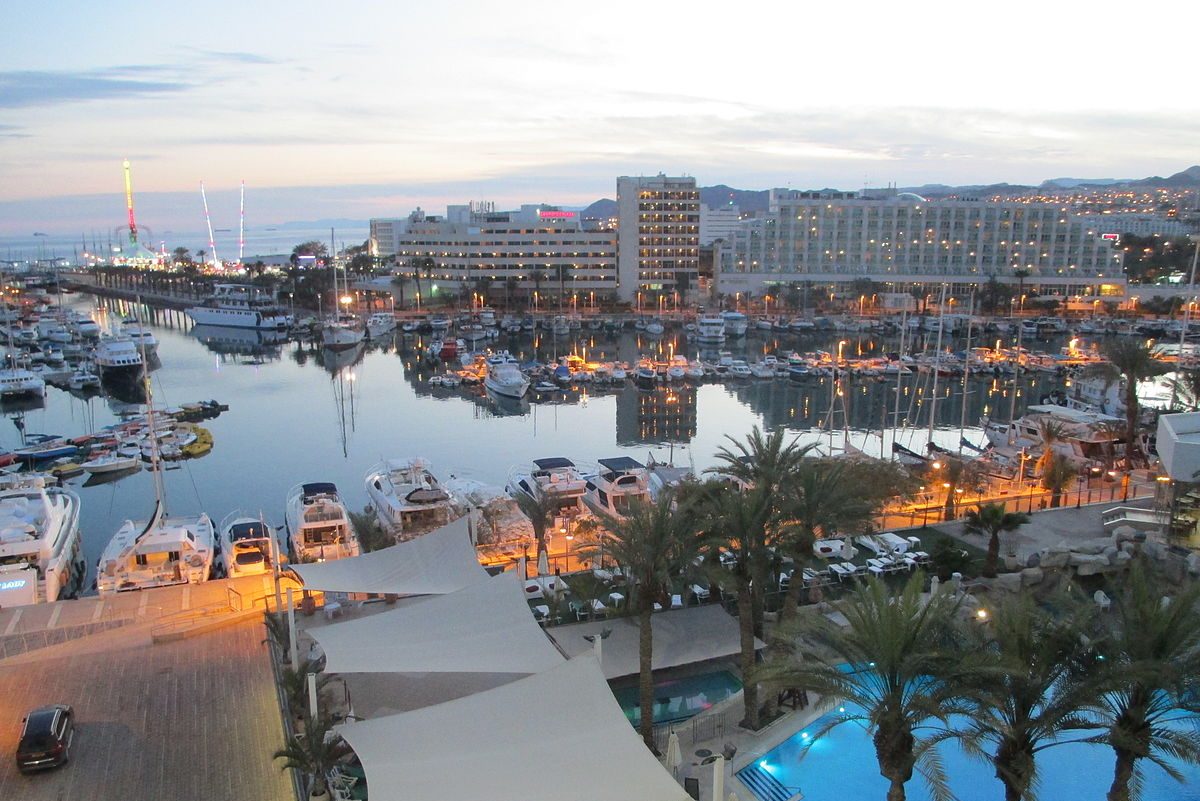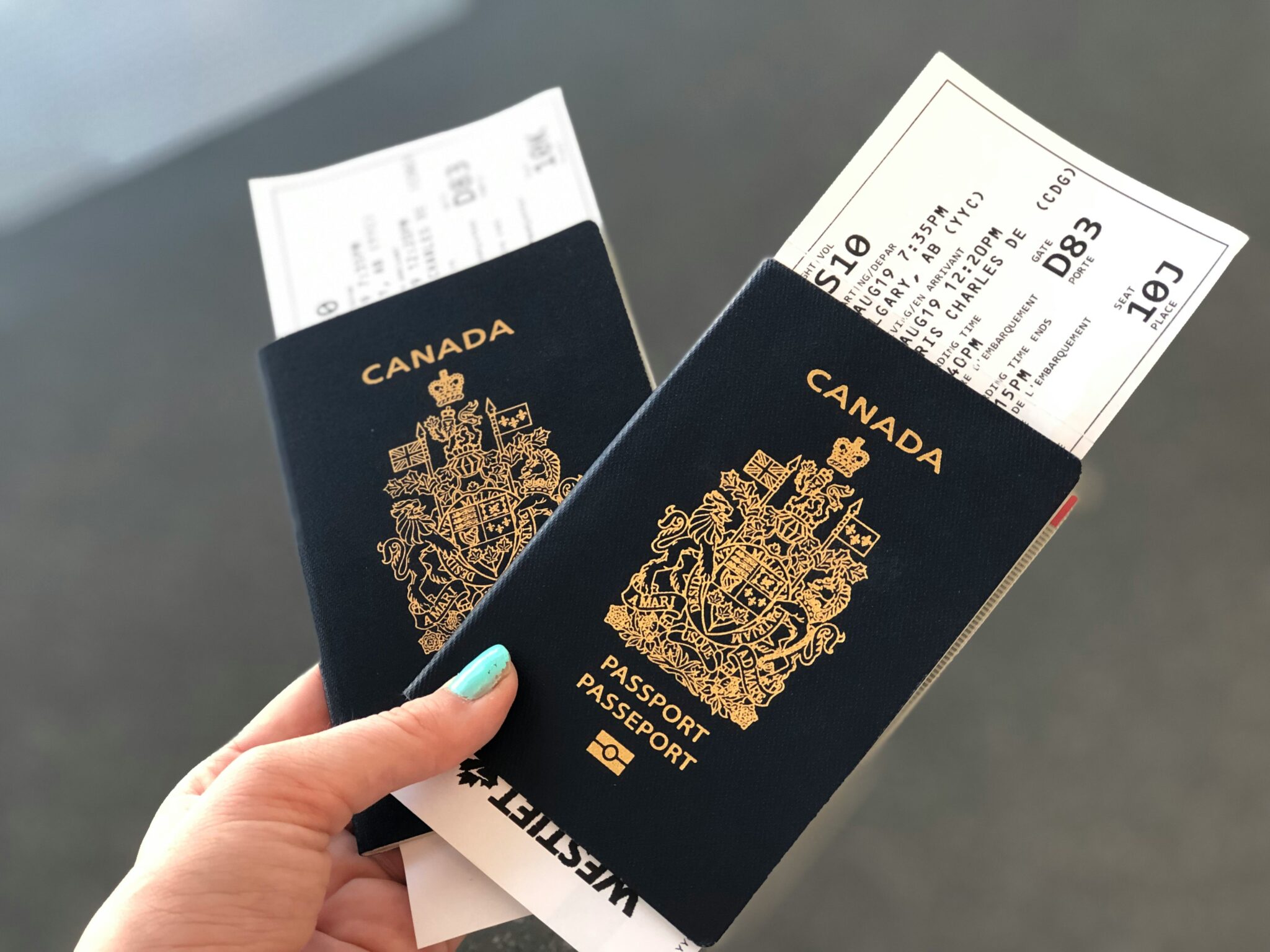Israel Red Sea Resort City Draws Scrutiny for Paying Airlines a Subsidy to Come

Skift Take
Throwing its hat into the ring to woo international tourists back after the Covid pause, Israel’s resort city of Eilat has brought back the plan that offers carriers operating international flights to receive a subsidy of $65 for each passenger arriving at Ramon airport.
In an effort to boost winter tourism to Eilat, the plan would be valid for arrivals from September to May 2023, except for the Jewish holiday periods of October 9-16 and April 5-13.
However, tour operators are concerned about its efficacy and feel that the Red Sea resort city may end up turning into a transit point for carriers keen to avail the subsidy, instead of tourists actually visiting the destination.
“I have my doubts about whether the subsidy will help boost tourism to Eilat in the true sense. The destination may instead serve as a landing point for carriers to bring tourists to Israel, who may then travel to other destinations,” feared Omar Atellah, general manager of Jerusalem Travel and Trade.
As Eilat is an expensive destination, Atellah observed people may opt to stay at more affordable places. “No matter what subsidies the ministry may offer to the airlines to bring people to the city, the packages in Eilat would still be more expensive to what destinations like Egypt and Jordan would be offering.”
It's not clear whether any of the airlines put forward all or part of that subsidy on to passengers in the form of less-expensive tickets.
The ministry had announced a similar incentive in the winter of 2019 for the then newly-inaugurated Ramon airport — offering grants of $65 per arriving passenger, in addition to exemptions for airport costs and fees.
The incentive had helped bring a record 150,000 tourists from around 18 international destinations during the winter months. And the number of weekly flights touching down at the airport went up from four to 40-plus.
“The 150,000 tourists quoted by the government may be those touching down in Eilat, I doubt if all those tourists stayed back. Being a border destination, people would have landed at Ramon airport and then travelled on to other places,” said Ronen Kyumholtz, sales and marketing director for Diesenhaus Unitours Incoming Tourism.
Ural Air, Wizz Air, Finnair, Transavia, Ryanair and Lufthansa were some of the airlines offering direct flights to Eilat from Moscow, Paris, Amsterdam, Frankfurt, Milan, Berlin, Budapest and other European destinations.
Currently, there are no international carriers operating flights to Ramon Airport. Israir Airlines and Arkia operate domestic flights from Tel Aviv to Eilat.
Airlines will be receiving this subsidy for a maximum of 75 weekly flights and would have to submit a request for assistance by September 1.
Israel opened to vaccinated passengers in early January this year, two months later, the destination permitted the entry of unvaccinated passengers of all ages. Inbound arrivals would however be subject to on-arrival and pre-departure tests.
Even after Israel reopened to foreign tourists, Ramon airport remained closed to foreign tourists as it did not have a Covid testing mechanism in place.
Last year in December, the resort town hosted the Miss Universe pageant with hopes that the event would help revitalize the tourism sector.
“Bringing tourism back to Israel in the winter months, and in particular to Eilat and the South, is an important objective of the tourism ministry,” Yoel Razvozov, the minister of tourism for Israel, said in a press statement.
Built at a cost of $500 million, Ramon Airport is touted to serve as an emergency alternative to Ben Gurion airport at Tel Aviv. However, when the airport opened in January 2019 it was deemed too big for Eilat.
Being the second largest airport in the country, Ramon airport is big enough to accommodate Boeing 747s and has a capacity to handle 2.5 million passengers annually.
“Ramon Airport has now made it possible for charter flights and airlines like Ryanair, EasyJet and other European carriers to fly in to Eilat thus bringing the city into the international aviation map,” said Kyumholtz.
The challenge now is to ensure that the tourists stay on.
Kyunmholtz noted that a big challenge in marketing Eilat to international tourists earlier had been the lack of direct connectivity. The old airport at Eilat’s city center could only take eight flights an hour and could not accommodate wide-body aircraft.
The travel sector hoped that luxury hotels like the recently-opened Six Senses, a 45-minute drive away from Ramon Airport, would help attract tourists to Eilat, rather than the city functioning as a hub for airlines keen to pocket subsidies.





